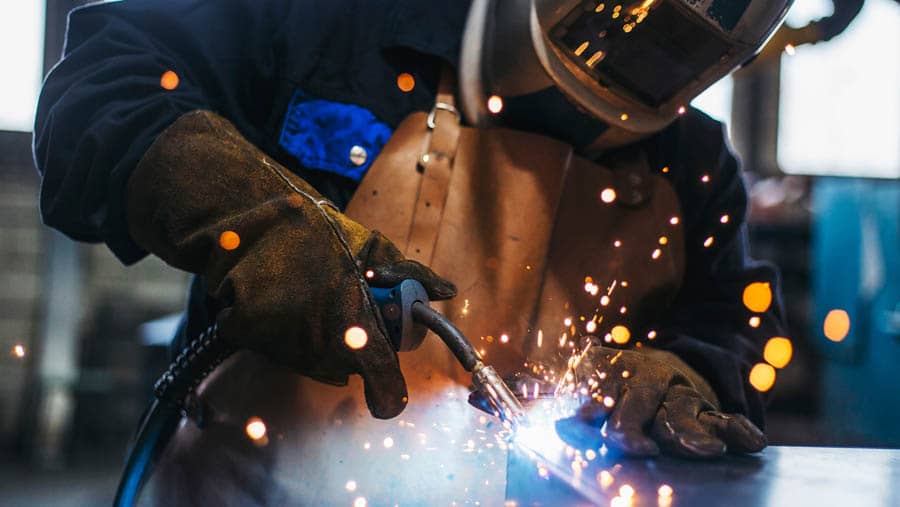The Science Behind Welding
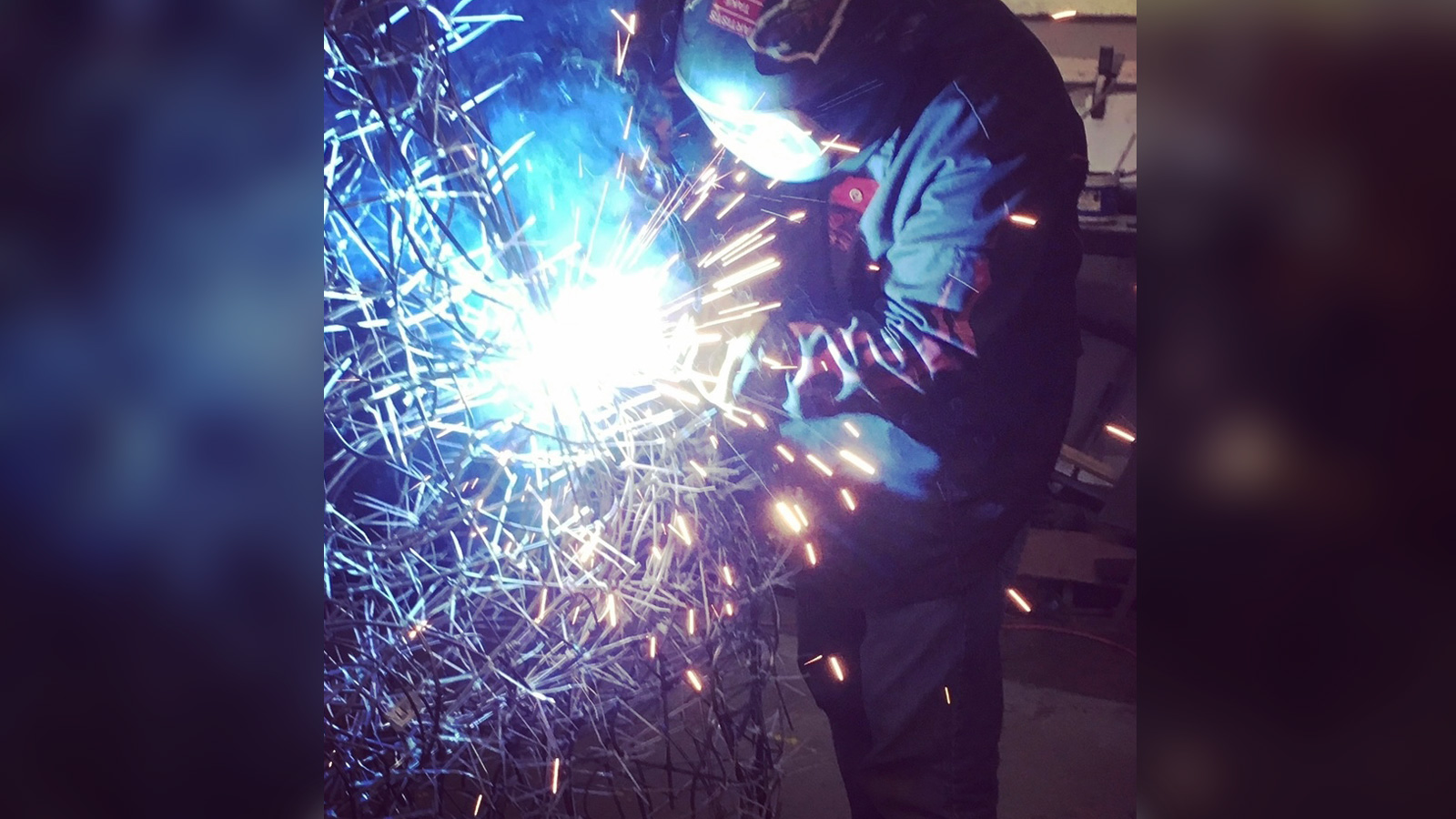
A Closer Look at Welding
At its core, welding is about fusion. It involves melting the base metal and, if used, filler material, then allowing them to cool and solidify, forming a joint. But to achieve this, various processes and tools are employed, each backed by distinct scientific principles.
Arc and Heat Generation: The Starting Point
The foundation of welding is the generation of the arc or heat, hot enough to melt base and filler metal. This heat is typically produced using electricity. When an electric current passes from the power supply to the electrode (positive) and the “work” (negative), all at the same time, this creates the arc (or molten pool). This applied voltage can range in polarity and value. The connection of the positive and negative leads make welding possible.
Types of Welding and Their Science
- Arc Welding (or stick welding): Here, an electric arc is formed between an electrode covered in flux and the work piece. This arc, which can reach temperatures of up to 6,500°F (3,600°C), melts the metal, facilitating the joining process, and eliminates the need for shielding gas. Stick welding is a great option for on-site/installation or fieldwork.
- Gas Welding (or oxy-acetylene welding): This method uses a mixture of oxygen and acetylene gas to produce a neutral flame hot enough to melt the base metal and the filler material. Gas welding does not require electricity. With different attachments to the torch, you can weld, heat (to bend), or cut material.
- MIG/TIG Welding: While both use an electric arc, they differ in filler material and methods. MIG uses a continuous wire feed as a filler, while TIG welding is performed with or without filler. In both cases, an inert gas, like argon, shields the weld from atmospheric contaminants. MIG welding is like a hot glue gun for metal. You can join metal together quickly and effectively. TIG welding requires a skilled hand and is a more labor-intensive artistic process since it creates a more precise and aesthetic weld. EA Craftworks specializes in TIG welding of carbon steels, stainless steels, brass, bronze, copper, and aluminum.
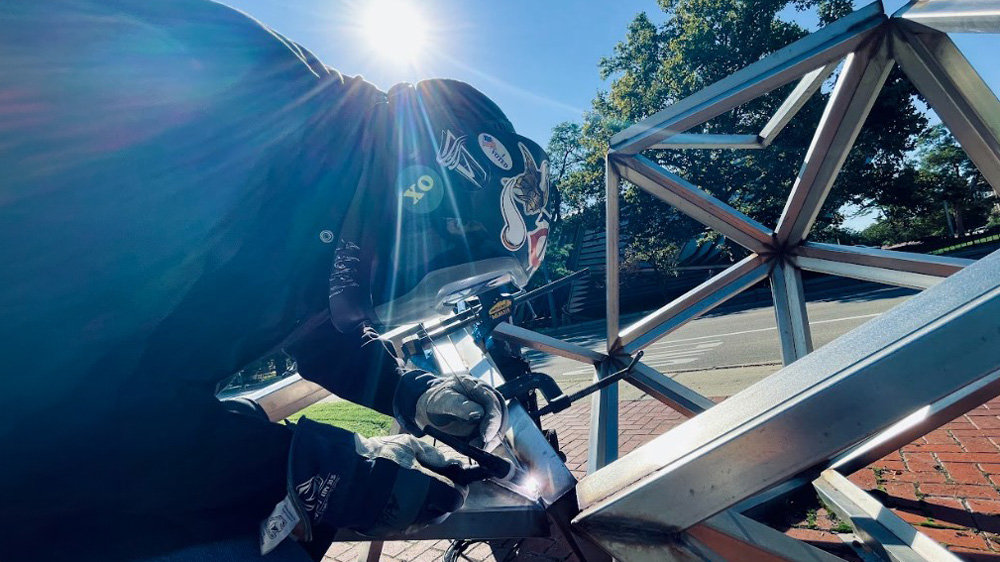
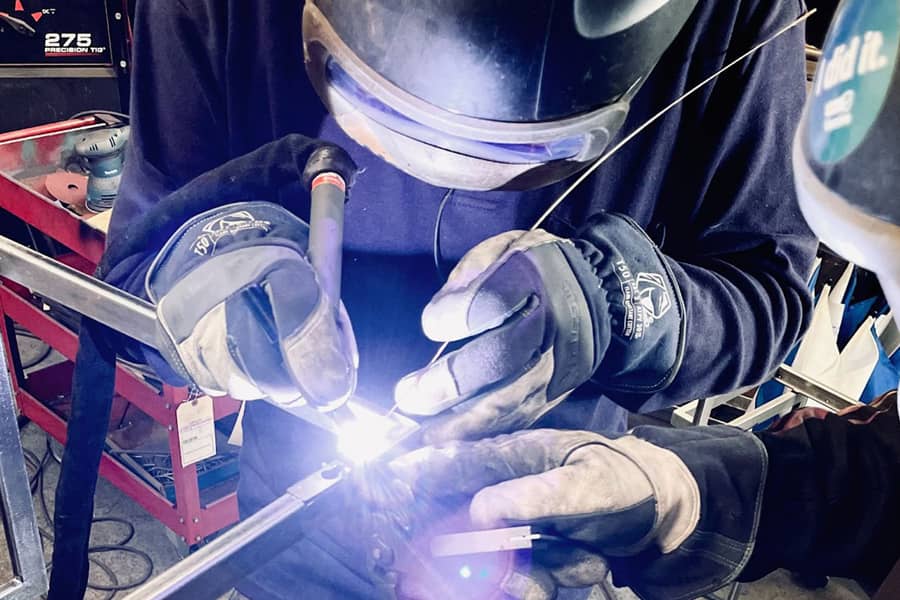
The Role of Shielding Gases
You might wonder why many welding processes involve a shielding gas. The reason? To protect the molten weld from contaminants like oxygen and nitrogen. If these gases come into contact with the weld, they can cause defects and weaken the joint, called porosity. Shielding gases like argon or carbon dioxide create a protective “bubble” around the weld, ensuring a clean and strong joint. Understanding the correct flow for these shielding gases is important, as they from weldment to weldment in terms of process, work environment, and base material.
Cooling and Solidification: The Final Steps
Once the metal parts are adequately heated and fused, they need to cool down to solidify the joint. This cooling process is just as vital as the heating one. Rapid cooling can lead to brittleness. The rate of cooling, and thus the final properties of the weld, can be influenced by factors like the type of metal, the welding method, and the surrounding environment.
Conclusion
Welding, as we see it, is a symphony of science and technique. From the generation of heat to the protection of the molten pool and the eventual cooling of the joint, every step is rooted in scientific principles. Whether you’re a budding welder or someone simply intrigued by the process, understanding the science behind welding offers a newfound appreciation for this craft. Our team at EA Craftworks isn’t just satisfied with the basics. We believe in continuous learning, always staying updated with the latest in welding science and technology, and getting involved with the community by helping educate the general public regarding welding.
Next time you witness the sparks fly in a welding process, remember – it’s not just about joining metals. Every weldment at EA Craftworks is a blend of science, technique, and dedication. We believe in not just joining metals but in creating lasting connections – both in our products and with our clientele.
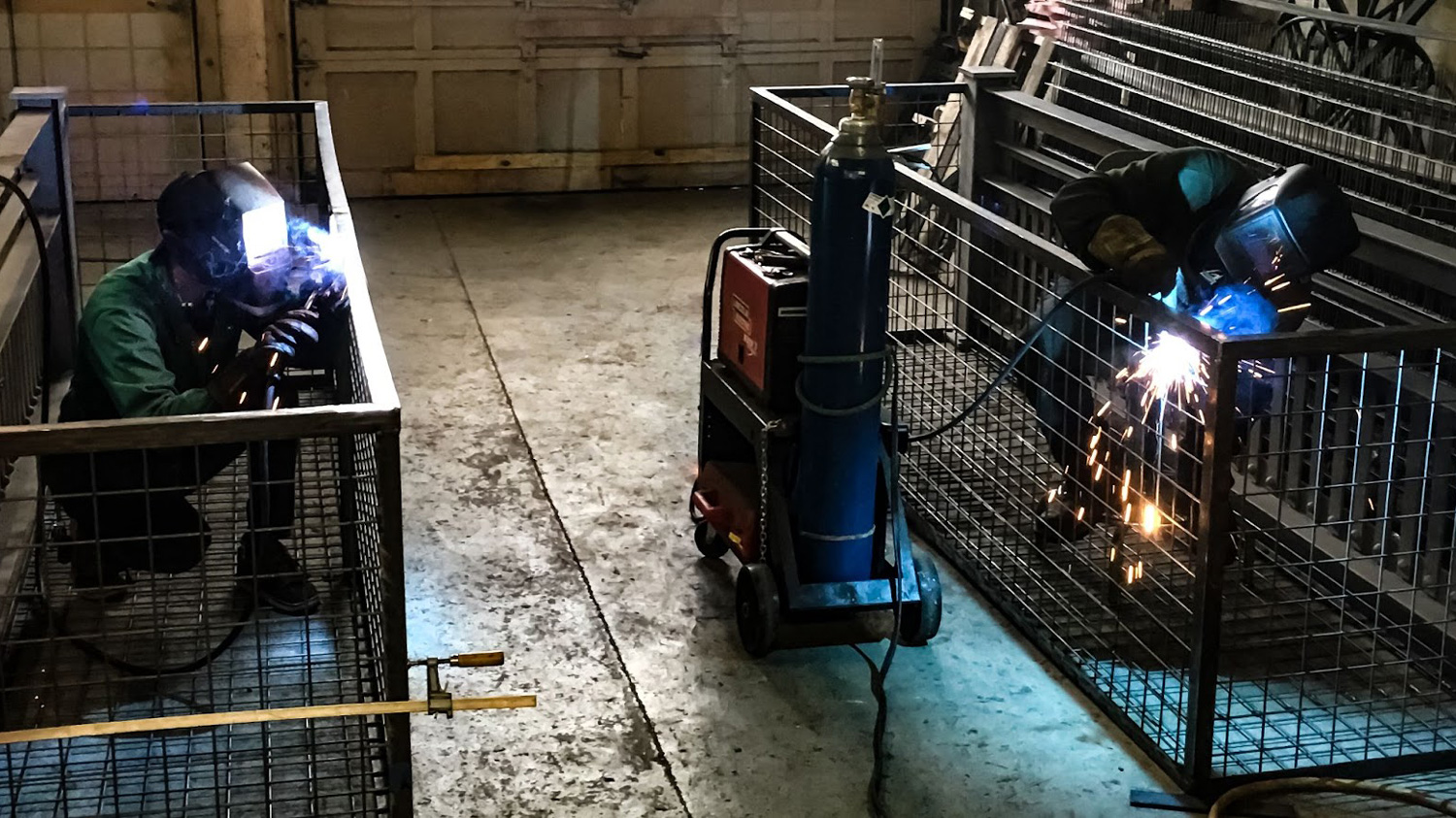
Inspired to bring your metal vision to life?
Connect with the artisans at EA Craftworks. Whether it’s a consultation you seek or a glimpse into our diverse portfolio, we’re here to assist. Dive deep into the art of metal finishing with us.
